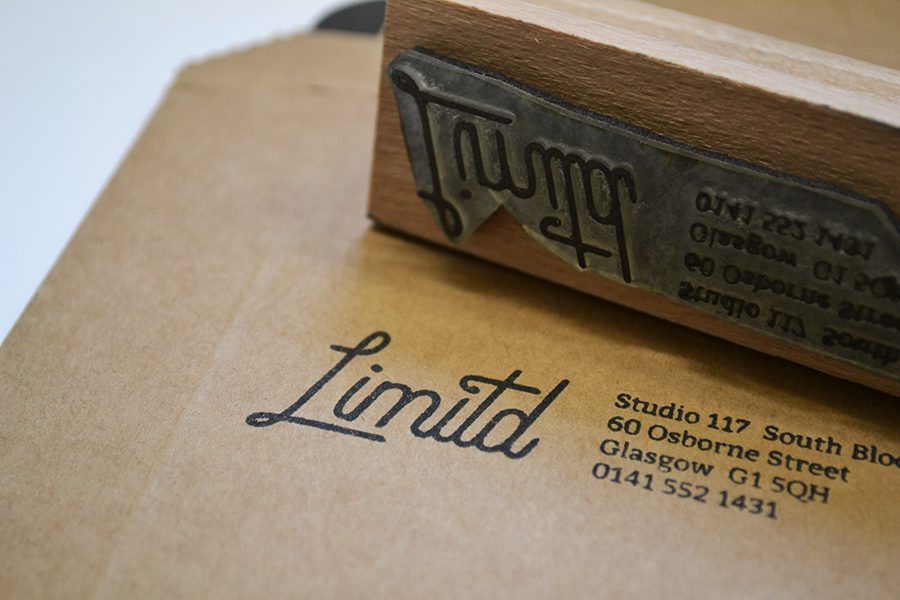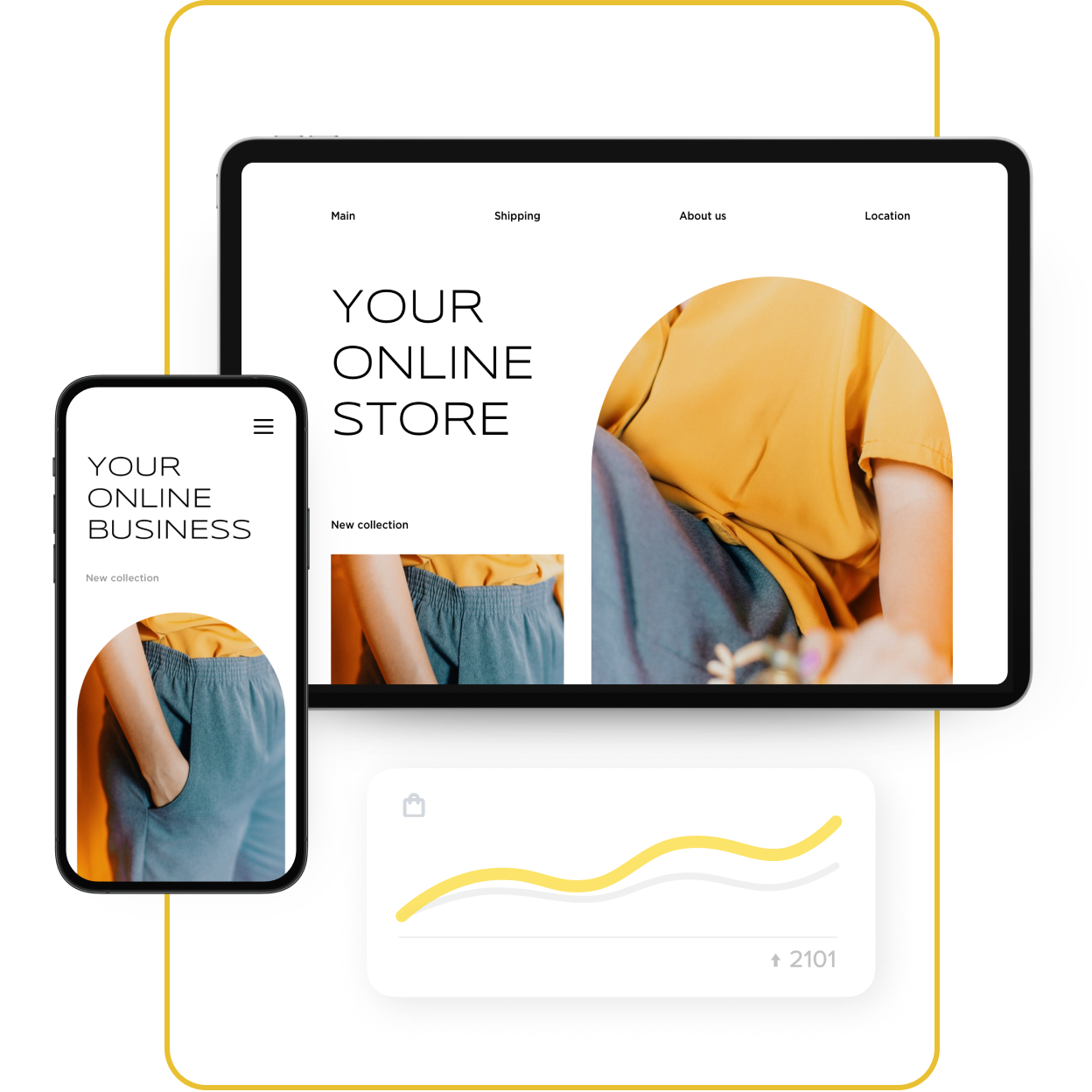The significant number of competitors means online businesses must do whatever they can to differentiate themselves. There are many ways to do so, but one of the best and easiest is packaging. Let’s take a closer look at the general principles of ecommerce packaging and the best ways to go about it.
Product Packing Basics
Product packaging has three purposes. The first two are
Several factors go into product packaging, including selecting the right packaging, inserting padding and protection, sealing the package, and shipping.
Packaging for Ecommerce: Protecting Products
First things first. Packaging is meant for protection.
There’s nothing worse than ordering an item online, waiting patiently for it to arrive, and then having it show up at your doorstep in a broken, mangled mess. But unfortunately, this is a fairly common occurrence. According to various online resources, as many as 1 in 10 shipments are damaged in transit.
For you, this means it’s important to ensure your orders are properly packaged to minimize that risk.
While the exterior package already adds some level of protection, internal padding is often needed for protection during shipping. There are several options for this, including:
- Loose fillers: Loose fillers are materials like packing peanuts or shredded paper that can help cushion the product. The one downside of loose fillers is that products can shift around during transit when not packed in tightly enough.
- Foam: Foam protection can consist of large sections that hold the product in place or thin layers that wrap around the product.
- Bubble wrap: Bubble wrap is one of the most popular options for shipping protection. It can be easily bought in large rolls of varying sizes, making it efficient for products of many sizes.
- Air pillows: Air pillows are large plastic air pockets that can be packed around a product for cushioning.
- Cardboard inserts: These are simply rigid pieces of cardboard that can be inserted around the product to hold it in place during shipment.
Don’t ever skimp on internal packaging protection. While it may save cost in the short term, it can add up when returns or refunds begin to stack up.
Moreover, damaged products can create a negative brand image, leading to customers leaning toward other brands or bad reviews.
Types of Product Packaging for Ecommerce
Before going any further, let’s take a quick look at the various types of packaging for ecommerce. These include:
Corrugated Boxes
Corrugated cardboard boxes are retailers’ most common form of packaging. They are general shipping boxes that can be purchased from any store or postal service.

An example of corrugated boxes. Image source: Amazon
There are many different types and sizes of corrugated boxes, which make them a popular option for many sellers. This is especially true for those who sell large products.
Tuck Top Product Boxes

An example of tuck top boxes. Image source: Amazon
These boxes are most commonly used for small or
Padded Mailers
Padded mailers are an excellent option for smaller products and those needing extra protection.

An example of padded envelopes (mailers). Image source: Amazon
These are essentially envelopes with bubbles or additional padding inside. They are great for jewelry, books, electronics, and more.
Poly Mailers
Poly mailers have become an increasingly popular option for many sellers. These envelopes are commonly made from paper or polyethylene LDPE.

An example of poly mailers. Image source: Amazon
They are light, affordable, and
Choosing the Ideal Product Packaging
The proper packaging for a product can vary between sellers and the particular product. However, here are some immediate points to consider:
- Budget: The chosen packaging must be within the budget and allow the company to ship the product without significantly reducing profit. However, this doesn’t mean choosing packaging based on cost alone.
- Protection: As mentioned above, product protection is one of the most important packaging parts. While poly mailers may be affordable, they don’t offer the best protection. This could be a risk when shipping fragile or delicate items. Consider packaging that will ensure the product arrives at the seller in the best shape. Selecting the more affordable packaging can be tempting, but that could cost more in the long run from returns and refunds from damaged products.
- Shipping costs: While this slightly comes under the budget heading, shipping costs must also be considered. Generally, larger and heavier packages will cost more, so be sure to factor this in when choosing packaging.
Sourcing Your Packaging Materials
When it comes to finding a supplier for your packaging materials, you need a company that can provide you with
Some options for sourcing your packaging include eBay, Alibaba, and PaperMart (to name a few). For the most part, buying these shipping materials in larger quantity means getting a larger discount — so don’t be afraid to stock up.
Why stock up? Because as you source your packaging materials, you’ll need to figure those costs into the retail price of your item (or to add on an additional shipping/handling fee). Keeping costs down in the packaging department means more affordable items for customers and higher margins for you.
Going Above and Beyond with Product Packaging Design
Many ecommerce sellers default to using the easiest or cheapest product packaging. While this is understandable in the early days of an ecommerce store, sellers should try to shift to creating an impression with their packaging.
In other words, it is essential to design packaging that is pleasing and impactful to the customer. Let’s take a look at some of the ways that can be achieved.
Packaging Design Points
Some ecommerce businesses may not know where to begin when it comes to designing packaging for ecommerce. Fortunately, some immediate design points can be considered, such as:
- Product size and shape: One of the first factors to view is the size and shape of the product. If a product is uniquely shaped, it may be worth having a
custom-shaped box created for it. - Colors: Packaging color alone can make a difference when it comes to creating an impression. No one enjoys the color of a simple cardboard box or black bag. If the company has a logo or color branding, these can be great themes to introduce to packaging.
- Copy: Copy is the written words that are included in a package. If there will be a copy included on the package, it is vital to use it effectively. The copy should be clear enough to communicate the point but concise to not overwhelm the reader.
- Imagery/Graphics: Imagery and graphics on packaging add visual appeal for the customer. These can include items or things associated with the product. For example, if the product is an herbal shampoo, the packaging could have herbs or associated ingredients detailed around it.
- Audience: The target audience should always be one of the most senior design points. After all, the point of designing packaging is to appeal to those who will buy the product. Consider who has been purchasing the product and what audience should want it. Is it a specific age group or gender? Is it for those with a specific interest?
- Internal flair: Add a bit of glamour to packaging by including internal flair through tissue paper, inserts, or other decoration. This makes the package that much more pleasing for customers to open.
Packaging Customization
Customization is always a good thing, and there are a couple of different ways you can accomplish this for your packaging. The option that’s best for you will depend on your needs and budget. We’ll look at two different avenues, as well as the pros and cons of both.
DIY Customization
If you are a small to

An example of a crafted package design
Pros: The DIY customization route adds a personal touch to packaging, as each order will look slightly different than the others. It’s also much more
Cons: Adding the custom stamp and/or branded stickers to your packaged orders will take more time, and won’t look as standardized as if you used
Customized Packaging
For those who want a more standardized and polished look to their shipped orders,

An example of a custom package design
Pros: Each order’s packaging is exactly the same, and it’s one less step for you in the order fulfillment department. This look is polished and professional.
Cons: Overall it’s more expensive, and it doesn’t have the handmade touch that the DIY approach does.
Eco-Friendly Packaging
The rise in ecommerce has also led to a significant increase in waste production, which has made more people concerned about the environmental impacts. Fortunately, this has also contributed to an increase in

Mushroom packaging for Mr Bailey x adidas Originals OZLUCENT sneakers
There are ample
Conclusion
Product packaging is a critical part of ecommerce, and there can be a lot to it.
However, creating or finding the proper packaging that protects your products and elevates your brand can be key to ecommerce success.
We hope this guide helped you learn everything you need about product packaging.
Good luck in your selling journey!
Frequently Asked Questions
We have compiled some common questions asked by those new to online selling.
What is ecommerce packaging?
Ecommerce packaging is the supplies and process associated with enclosing, protecting, and shipping a product to a customer.
Is there a standard packaging for ecommerce purposes?
There is no standard packaging for ecommerce products, as it can vary depending on the product’s size, fragility, and more. However, cardboard boxes tend to be the most common choice.
Do you need packaging stamps for ecommerce products?
Packaging stamps can be an easy way to add the address to any packaging when
- Ecommerce Packaging: Everything You Need To Know
- 5 Packaging Ideas That Will Make Your Business Stand Out
- Everything You Need to Know About Packaging Supply
- An Entrepreneur’s Guide to
Eco-Friendly Packaging - Product Packaging Design Basics for Online Retailers
- The Benefits of Custom Packaging for Any Online Store
- Benefits of
Frustration-Free Packaging - How to Track a Package: Never Lose Your Shipment
- How to Pack a Box for Shipping Properly
- How to Tape a Box for Shipping the Right Way
- Packing Tape: What is the Best Tape










